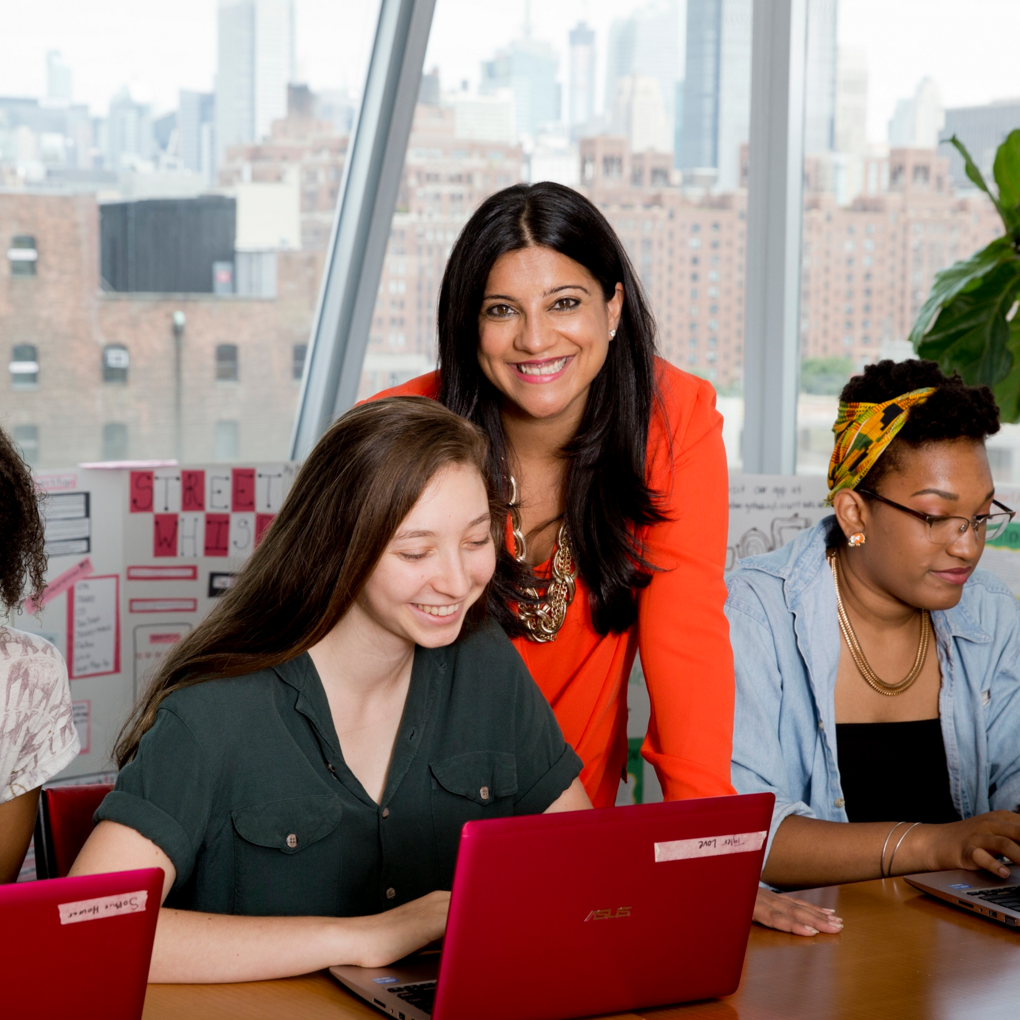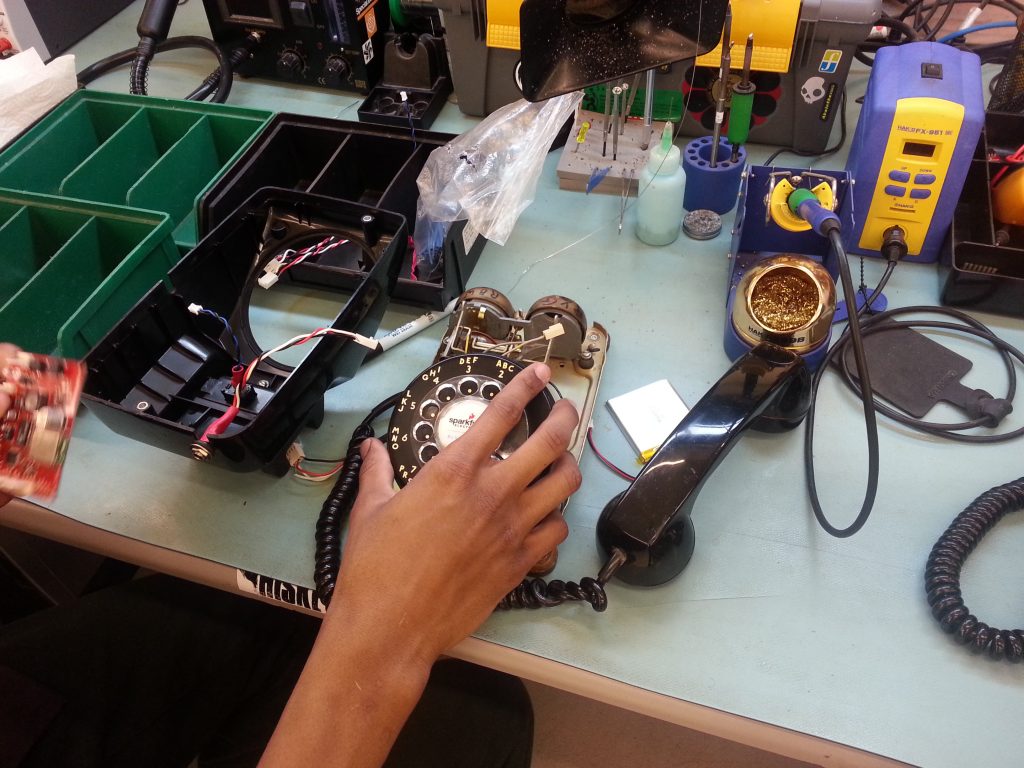3 Takeaways from the Future of Education Technology Conference
- January 21, 2016
- By

Last week over 8,000 people gathered at the annual FETC conference in Florida to explore innovations in technology and education. What was formerly known as the “Florida Educational Technology Conference” has been renamed the “Future of Educational Technology Conference,” surely due to the huge influx of educators and vendors from all over the world. Every year this conference grows bigger and better, as folks are drawn to inspiring speakers, hands-on workshops, product exhibits, and an opportunity to visit Orlando in the middle of winter.
I was honored to be selected as a presenter again this year during the pre-conference. I led a three hour workshop “STEAM: Developing 21st Century Skills Through Creative, Cross-Disciplinary Approaches” during which participants explored claymation, movie production and programming, so I was interested in sessions that provided additional ideas and resources in those areas.
I struggled to decide how to spend my time wisely and what sessions would be best to attend. How long to walk the exhibit floor? And could I really squeeze in time for lunch? I could only be in one place at once! Luckily, as it was a ed tech convention, I was able to plan very strategically using the FETC Mobile app and I developed a personalized schedule that minimized crisscrossing the building so I could spend the most time learning.
The planning paid off as I came away with exciting new ideas to implement into my professional development. I left with a renewed energy to share what I learned with other educators. Here are some key ideas and themes that stuck with me after the conference.
- Emphasis on Equal Access to STEM

From keynote addresses to concurrent sessions, there was a major emphasis on promoting equality for all students in the areas of science, technology, engineering, and mathematics. The opening keynote speaker, Reshma Saujani, Founder & CEO of Girls Who Code, shared some surprising statistics that indicate the gender gap is growing for women in computer science.
The fact that girls are not choosing to pursue studies of computer science and engineering and technical careers that lead to high-paying jobs in some of the fastest growing fields, compelled her to start Girls Who Code. The program offers after-school clubs and immersion programs that build support and mentorship for young women to explore computer science.
Reshma is passionate about challenging stereotypes, demanding mandatory computer science classes for everyone, encouraging girls to learn how to fail and take risks, and helping them realize that skills in computer science can give them the ability to make a difference in society.
Many additional presentations inspired me to think deeply about these issues, as they also apply to disparities that are found among schools, communities, and individuals across the world. I was especially moved by the fascinating talk given by Leland Melvin that shared his journey from young African American to NFL pro football player to NASA astronaut! He offered so many memorable anecdotes, from engineering his own skateboard as a boy, to sharing meals with astronauts from other countries on the International Space Station. He credits his parents and “a community who believed in me” with helping him develop passion and curiosity, and through persistence, hard work, and a positive mindset he has illustrated that “anything is possible.”
- Emphasis on Making and Creating in K-12

In the exhibit hall workshops and presentations, there were plenty of examples of ways that teachers and students are engaging in Maker Education. More and more schools are becoming hubs of process-oriented, project-based, and design thinking approaches to learning. They encourage students to tinker and create using innovative materials and technologies as well as everyday, low cost materials. There is also movement towards incorporating more coding and making into the curriculum at all grade levels. Youngest students can learn introductory robotics and programming apps that do not require reading skills, media centers can be redesigned into dedicated Maker Spaces, and STEAM programs at the secondary level can offer rigorous courses in production and design and opportunities for internships.
During the STEM Excellence Awards Announcement introducing a winning school, the mission was proclaimed: “We shall find a way or make one!” This stood out as a fitting motto for a mindset that many conference-goers seemed to have this year.
- Emphasis on Collaboration
A spirit of teamwork and sharing was everywhere at FETC, and started well before the conference convened. Many presentations were the result of group projects and initiatives, and there were myriad opportunities to learn from education pioneers. In the exhibit hall I was excited to see a demonstration of SoundTrap, a browser-based collaborative audio and music production platform that can be used on computers and mobile devices. Incredibly, users can co-create musical compositions and audio files from anywhere! All through the week passionate educators freely shared discoveries like these in person through informal and impromptu networking, and digitally on social media such as via Twitter messages tagged #FETC.
As I reflect on my time at FETC this year, I am grateful for all the education professionals who passed on their knowledge, and I’d love to do the same! I invite teachers to follow me on Twitter @kscharaldi to join my network and learn more about education and technology.
Save the dates for next year’s FETC January 24-27, 2017!
